
The Royal Military Academy Sandhurst, commonly known simply as Sandhurst, is one of several military academies of the United Kingdom and is the British Army's initial officer training centre. It is located in the town of Sandhurst, Berkshire, though its ceremonial entrance is in Camberley, Surrey, southwest of London. The academy's stated aim is to be "the national centre of excellence for leadership". All British Army officers, including late-entry officers who were previously Warrant Officers, as well as other men and women from overseas, are trained at the academy. Sandhurst is the British Army equivalent of the Britannia Royal Naval College and the Royal Air Force College Cranwell.
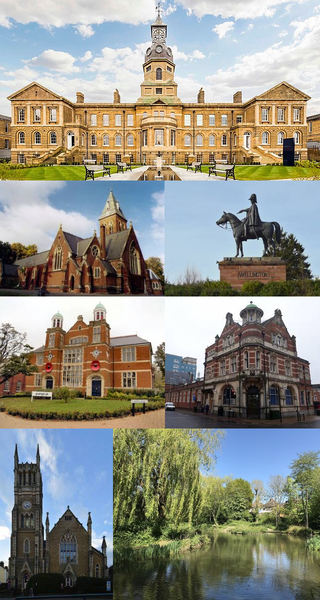
Aldershot is a town in the Rushmoor district, Hampshire, England. It lies on heathland in the extreme north-east corner of the county, 31 mi (50 km) south-west of London. The town has a population of 37,131, while the Aldershot Urban Area – a loose conurbation, which also includes other towns such as Camberley and Farnborough– has a population of 243,344; it the thirtieth-largest urban area in the UK.
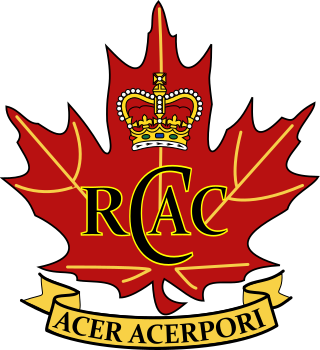
The Royal Canadian Army Cadets is a national Canadian youth program sponsored by the Canadian Armed Forces and the civilian Army Cadet League of Canada. Under the authority of the National Defence Act, the program is administered by the Canadian Armed Forces and funded through the Department of National Defence. Additionally, the civilian partner of the Royal Canadian Army Cadets, the Army Cadet League of Canada, also ensures financial, accommodations and transportation support for RCAC programs and services at a community level.

The Museum of Military Medicine, formerly the Army Medical Services Museum, is located in Keogh Barracks, on Mytchett Place Road, Mytchett, Surrey, England.
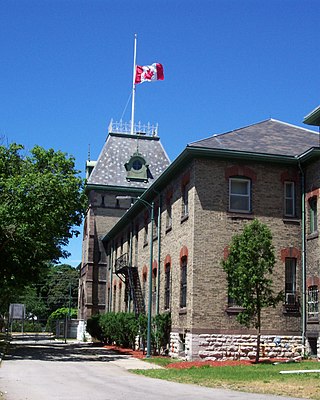
The Royal Canadian Regiment Museum is located at Wolseley Barracks in London, Ontario, Canada.

The Royal Logistic Corps Museum tells the story of logistic support to the British Army from Agincourt to the modern day. Based at Worthy Down near Winchester, the museum holds the collection of the Royal Logistic Corps and the collections of its forming corps, including the Royal Corps of Transport, the Royal Army Ordnance Corps, Royal Pioneer Corps, Army Catering Corps and the Postal and Courier Section of the Royal Engineers.

The Royal Military School of Music (RMSM) trains musicians for the British Army's fourteen regular bands, as part of the Royal Corps of Army Music. For more than a century and a half, from 1857 until August 2021, the school was based at Kneller Hall in Twickenham.
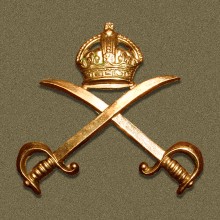
The Royal Army Physical Training Corps (RAPTC) is the British Army corps responsible for physical fitness and physical education and has been headquartered in Aldershot since its foundation in 1860. Its members are all Royal Army Physical Training Corps Instructors (RAPTCIs).

The Army School of Physical Training (ASPT) is the headquarters of the Royal Army Physical Training Corps (RAPTC) and the central training establishment for physical education, physical fitness and sports instructors in the British Army. It is located in Fox Lines, Aldershot, Hampshire, England.

The Royal Marines Museum is a museum on the history of the Royal Marines from their beginnings in 1664 through to the present day. A registered charity, it is also a designated service museum under the terms of the National Heritage Act 1983 and receives Grant-in-Aid from the Ministry of Defence. During 2011 it formally became part of the National Museum of the Royal Navy, an executive non-departmental public body of the Ministry of Defence. The museum's galleries are currently closed, pending relocation.
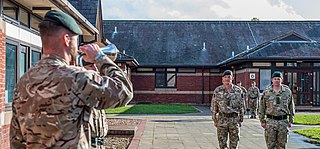
Aldershot Garrison, also known as Aldershot Military Town, is a major garrison in South East England, between Aldershot and Farnborough in Hampshire. The garrison was established when the War Department bought a large area of land near the village of Aldershot, with the objective of establishing a permanent training camp for the Army. Over time, this camp grew into a military town and continues to be used by the Army to the present day. It is home to the headquarters of the Army's Regional Command and Home Command, and it is also the headquarters for the Army Special Operations Brigade. The garrison plays host to around 70 military units and organisations.

Aldershot Military Museum in Aldershot Military Town in Hampshire, England, was conceived by former Aldershot Garrison commander Brigadier John Reed (1926–1992). Reed believed that it was essential to preserve the history of the military town and founded the Aldershot Military Historical Trust to raise funds for the establishment of the museum. Reed acquired the two Victorian barrack bungalows in which the museum is still based.
Richard Simkin was a British artist and illustrator of military uniforms.
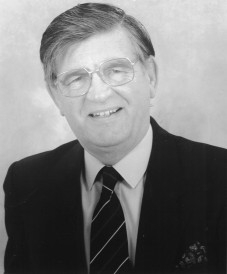
Michael John William Chappell BEM, better known as Mike Chappell, was an English military historian and illustrator of military books.

Lieutenant-Colonel Howard Norman Cole OBE TD F.R.Hist.S DL was a serving officer in the British Army during the Second World War and was an author of books on military subjects.
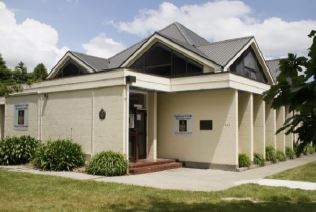
The Engineer Corps Memorial Centre (ECMC) is a museum, library and chapel complex located at Linton Military Camp, south of Palmerston North, New Zealand. The centre focuses on the preservation of history and heritage of the Corps of Royal New Zealand Engineers (RNZE).

The Royal Pavilion, also known as the Queen's Pavilion, was a royal residence located at Aldershot in Hampshire. The most unpretentious of all royal residences, it was built by George Myers as a wooden structure in 1855 for Queen Victoria and Prince Albert for use by members of the Royal Family when in Aldershot to attend military reviews and other occasions. Located off the Farnborough Road opposite the former West Cavalry Barracks, nearby are the Royal Garrison Church and the Wellington Statue. It was dismantled in the early 1960s. Today the site is the location of the Royal Pavilion Office Park.

The RAMC Memorial at Aldershot in Hampshire is a monument commemorating the men of the Royal Army Medical Corps who lost their lives during the Boer War of 1899 to 1902. It is a Grade II listed structure.

Major-General Frederick Hammersley was a British Army officer who after serving in the Crimean War was at the forefront in developing an exercise regime for the British Army leading to him becoming the first Inspector of Gymnasia and being known as ‘The Father of Army Gymnastics’.
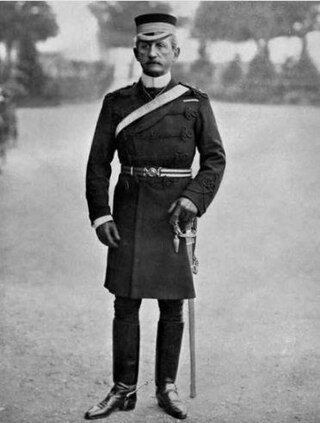
Colonel Sir George Malcolm Fox was Inspector General of Gymnasia at Aldershot, (1890-1897) and Director of Physical Training at the Military School, Aldershot.






















